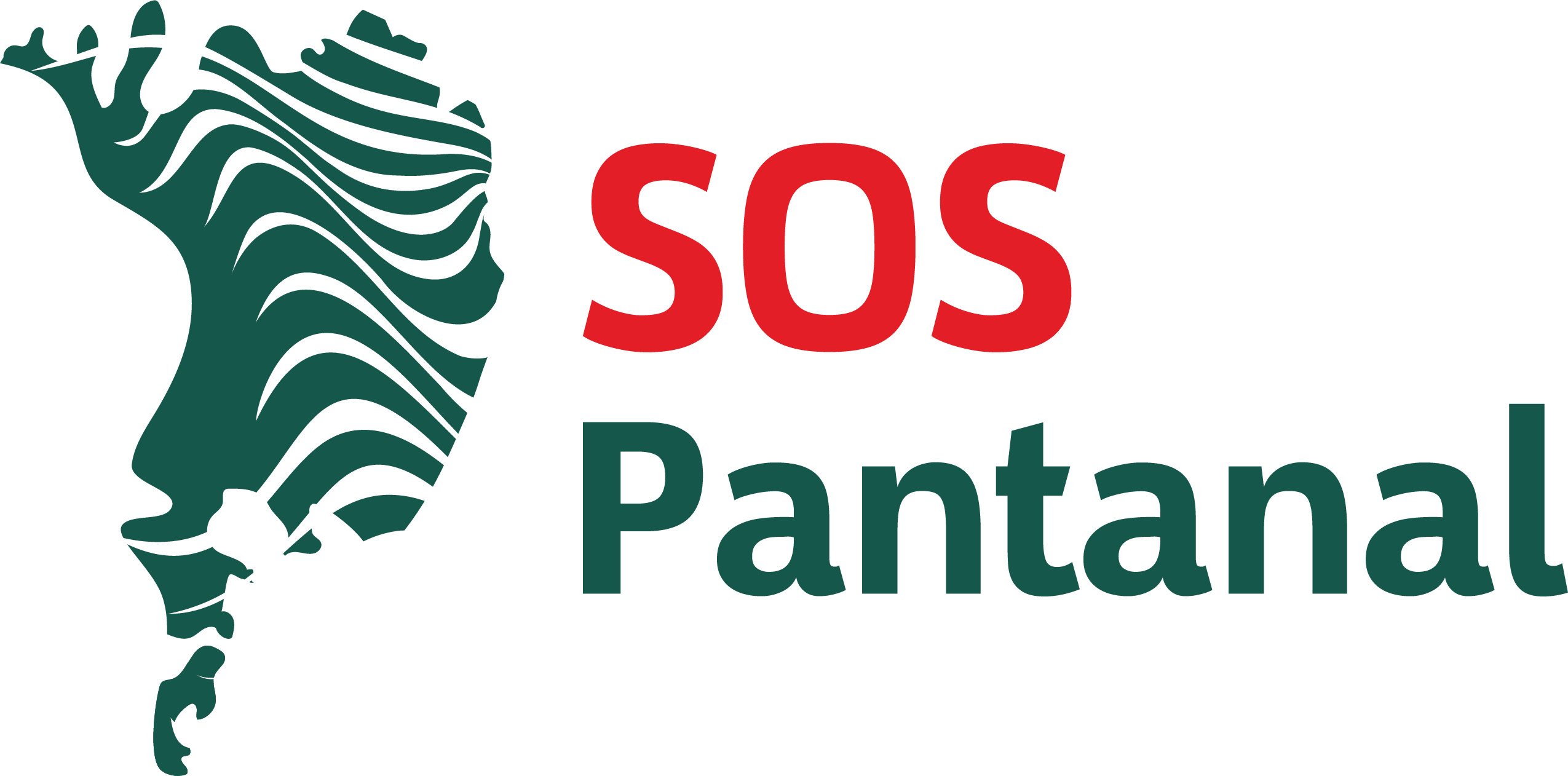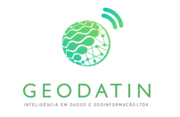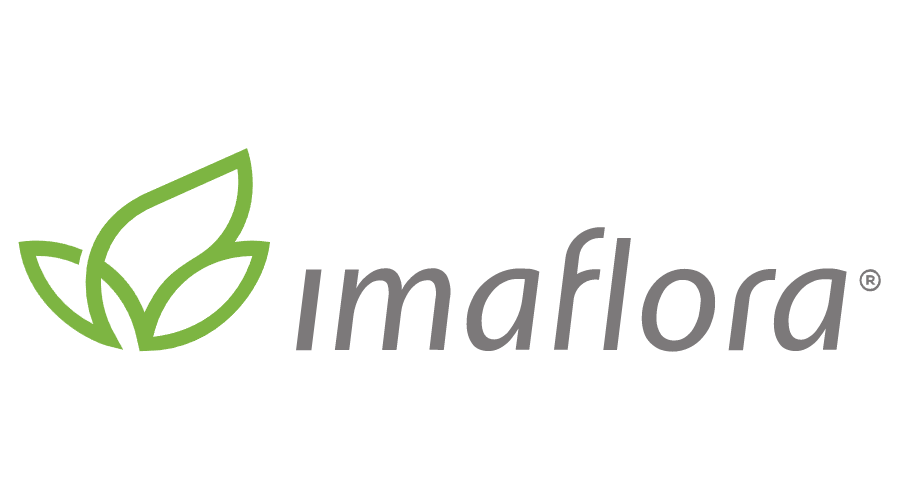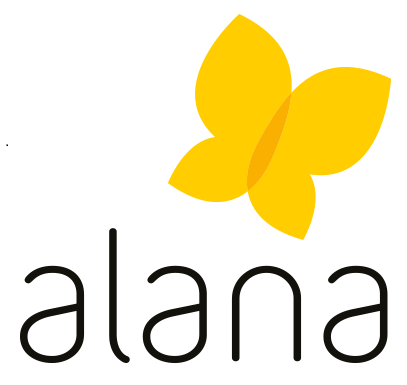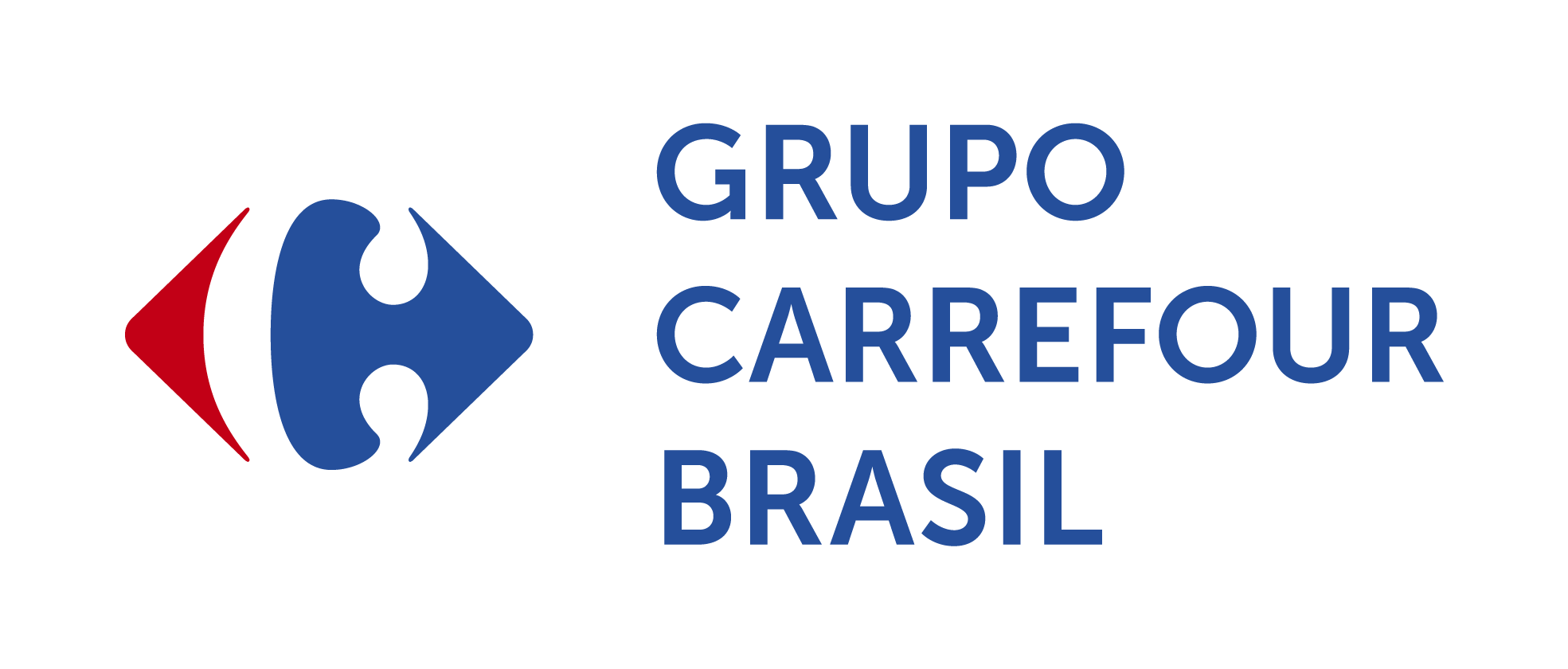Atualização dos módulos de Agricultura e Pastagem acontece presencialmente em Brasília
Nesta edição, vamos compartilhar informações importantes, como o mapeamento inédito do milho de segunda safra (2000-2024) e novas estratégias de qualificação de pastagem, que integram idade, vigor e biomassa.
Quero me inscrever


